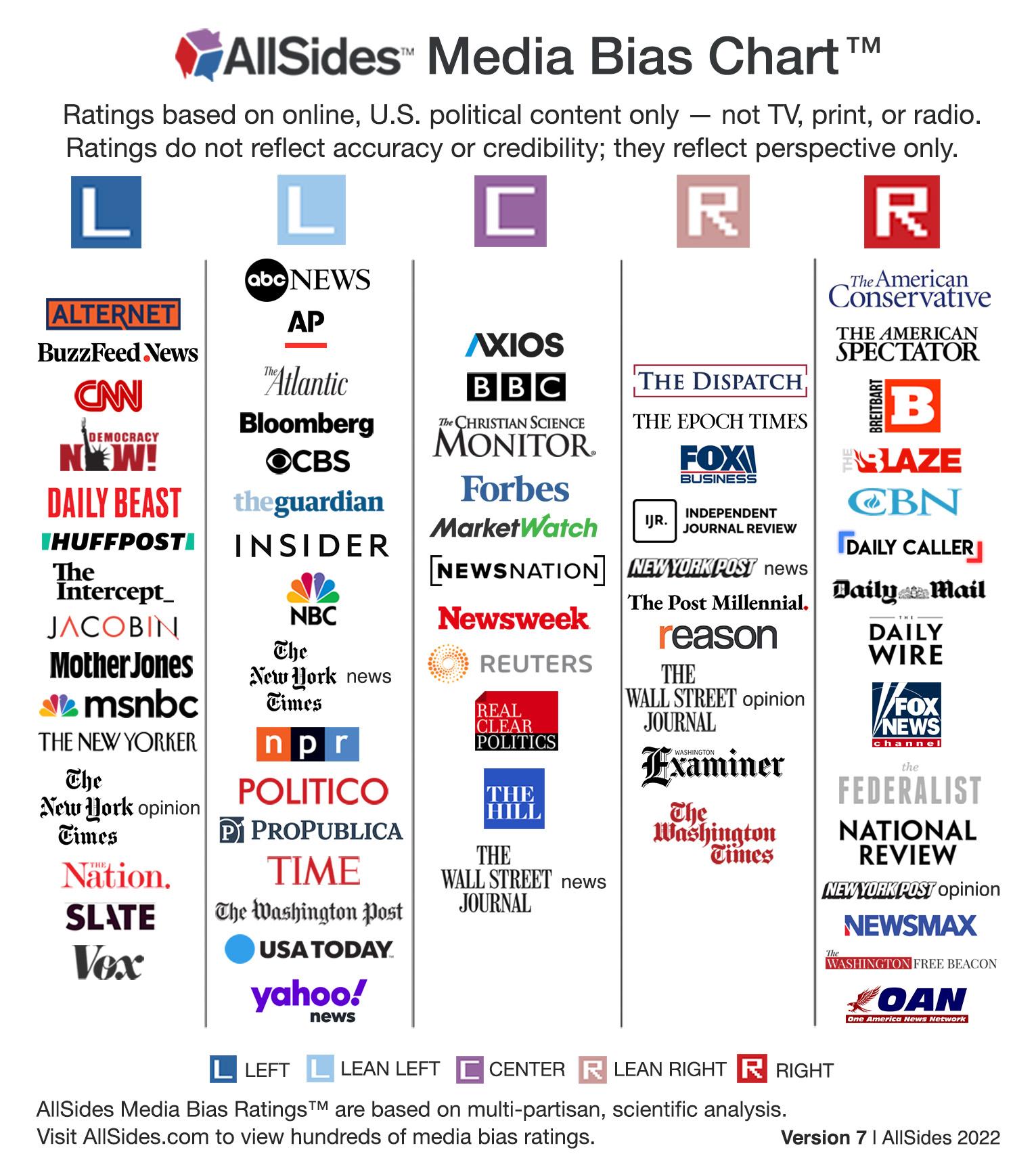
Good info, bad info? Let's explore...
We all want good information! Good information means thoughtful, informed decisions whether it is in life or for a class assignment.
So, what are some of the factors that makes an information source credible? This short video discusses credibility and explains other factors you will want to consider when evaluating sources:
Consider the source!
Have you ever heard the expression, "Consider the source,"? For instance, a friend who notoriously tells big stories says that he once caught a salmon the size of a whale! Rather than believing him "hook, line, and sinker" (pardon the pun!) you say to yourself, "That doesn't even sound realistic. Consider the source!" In this case, you just evaluated the information you received from your "colorful" friend. You weigh your friend's information against what you know of his character and against what you know about the normal size of a salmon and come to the conclusion that what he told you is probably an embellished story.
The truth is, we process and evaluate information every minute of every day.
Should you question the value of information you find in research sources?
Absolutely yes! You should always carefully evaluate a source - no matter how reliable it seems to be - before presenting it in your research project. When it comes to academic research, critically evaluating information sources is a very important step in the research process and source credibility is a key factor.
Annotated Bibliography
An annotated bibliography is a list of sources with short paragraphs describing them. The paragraph should summarize the source, evaluate it, and discuss how it would fit into your topic. When you are evaluating your sources you are writing your annotated bibliography!
Criteria for Evaluating Sources
There are several ACRONYM criteria for evaluating information sources such as the CARS test, the CRAAP test, the TRAP orTRAAP test, the ASPECT test, and the RAPT test to name a few. These criteria are designed to help you begin thinking critically about an information source in order to determine its usefulness to your purposes. Let's use R.A.P.T.!
Using the R.A.P.T. criteria...
R = Relevance A = Authority P = Purpose T = Timeliness
Evaluating website content should be at similar standards for what you find in print. No matter your information source, you want credible, reliable, objective, valid information. Here are some specific tips to help you evaluate web content.
Tips for evaluating information from websites:
Determining AUTHORITY can be a bit more difficult when looking at information from web sources. Here are some standard website pages that may help when looking for author and/or publisher information:
Determining TIMELINESS for web information sources may also prove challenging. At the very least, look to see if the website or web page tells you when it was last updated. Many websites do not include any dates on their web pages. If you need time sensitive information it's probably best to avoid using web info that does not include an exact published date.
| Term | Definition |
|---|---|
| Currency |
|
| Relevancy |
|
| Authority |
|
| Accuracy |
|
| Purpose |
|
| Objectivity |
|
And, here is a short video that answers the "Why" question and will challenge your thinking about evaluating even scholarly sources:
